5 Locations Where You Can Find Polar Bears
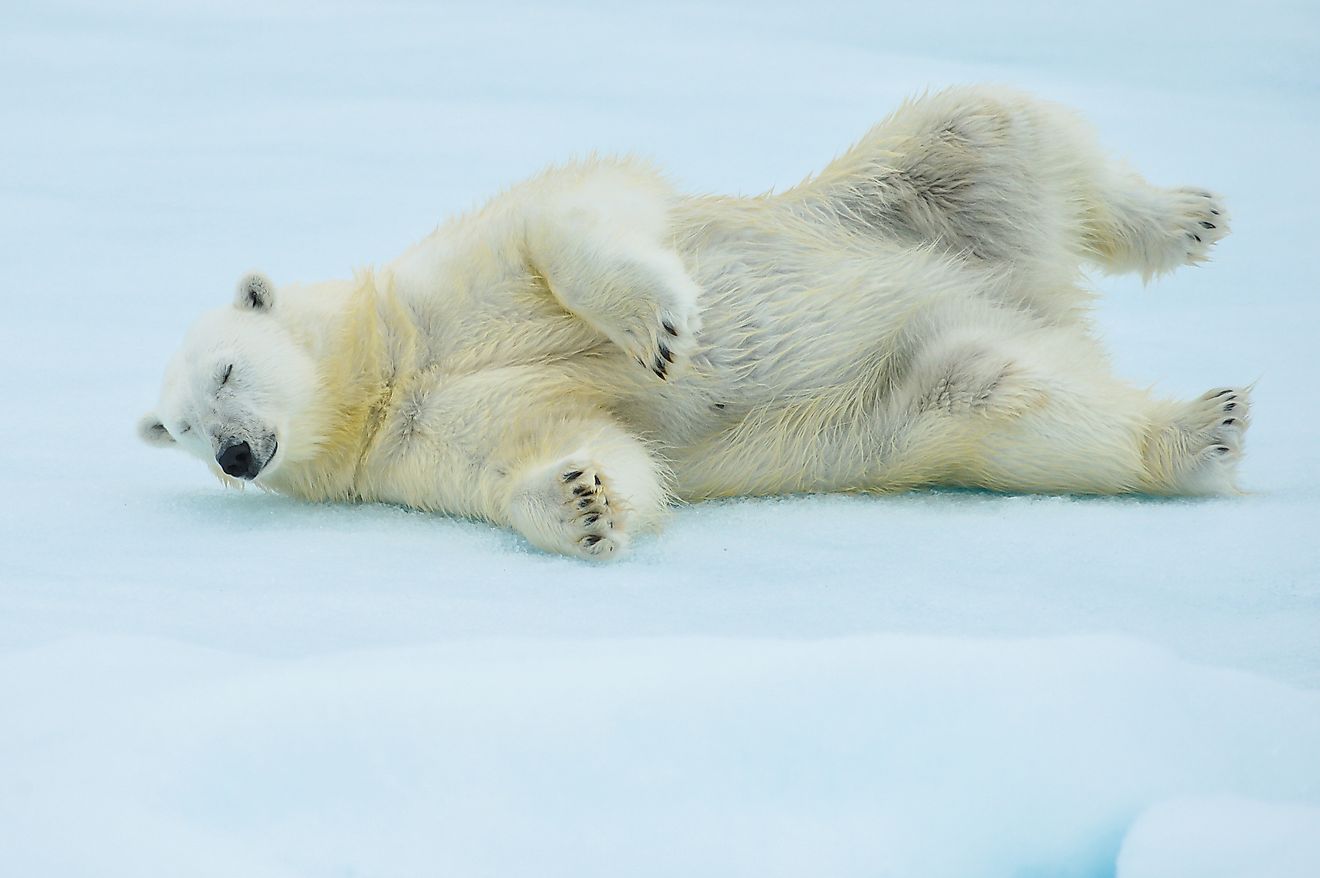
- The polar bear is the largest carnivore that lives on land.
- Polar bears are considered marine mammals, as they live on sea ice.
- The polar bear's fur is translucent, and reflects light, making it look white. Their skin is black, and attracts heat from the sun.
- 60-80% of polar bears are located in Canada.
The polar bear is the largest carnivore that lives on land, yet they are actually considered marine mammals, as they live on sea ice. Though they appear to have fluffy white fur, polar bears are actually black with fur that is translucent - it only appears white as it reflects light, much like the ocean water that appears blue but is actually clear. Their black skin absorbs heat from the sun to help regulate body temperature.
Polar bears mainly feed on ringed seals, which are found on sea ice. Due to climate change, however, ice is melting earlier than usual, which means less food for polar bears. Climate change is a huge threat to polar bears, along with pollution and overhunting of polar bears. This makes them a vulnerable/threatened species according to the Endangered Species Act. To adopt a polar bear and help contribute to their wellbeing and preservation, click here.
Polar bears can be found around the Artic Circle and 60-80% of them are in Canada, but let's have a look at where exactly they can be found.
5. Alaska, USA
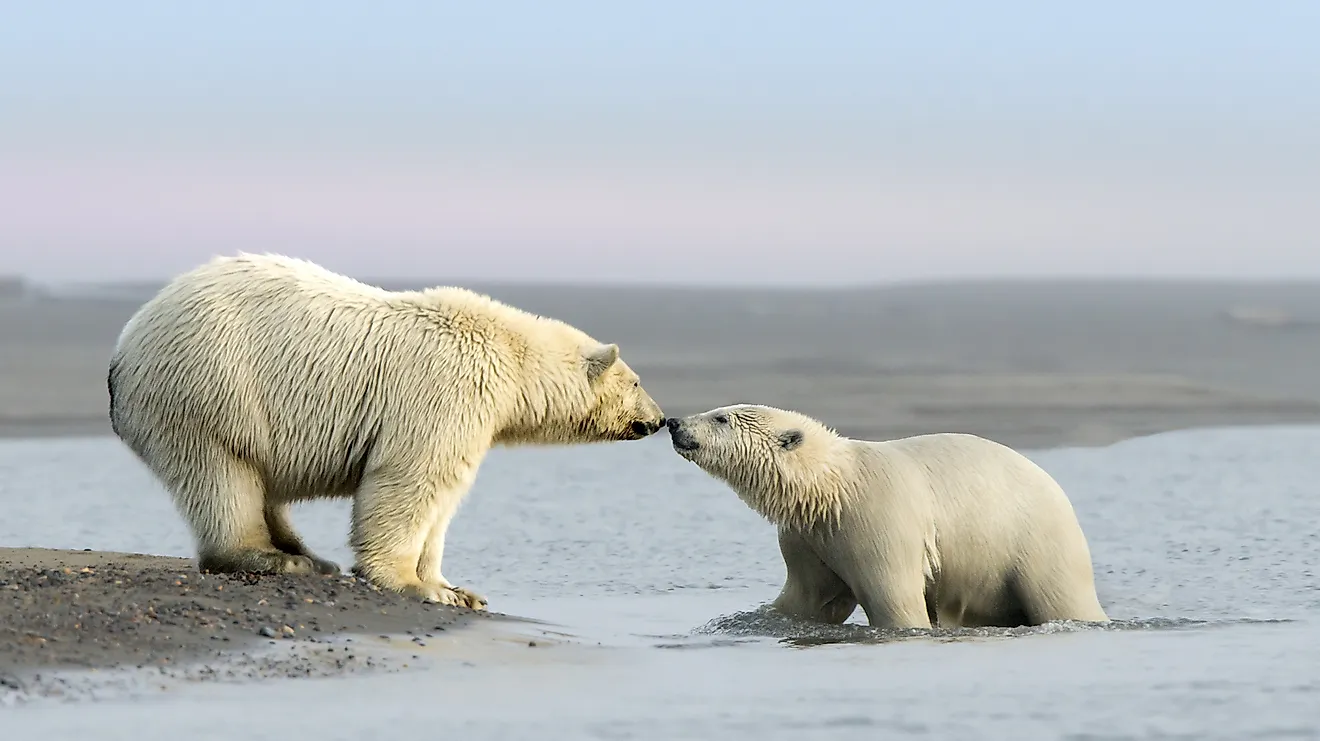
Polar bears can be found in Alaska, USA from the northern Alaskan coast as for south as St. Lawrence Island and can go as far as St. Matthew Island and the Kuskokwim Delta.
The Kaktovik and Utqiagvik communities offer some polar bear viewing opportunities, though it is recommended to do so with a guide and by ensuring mutual safety for humans and polar bears alike.
4. Russia
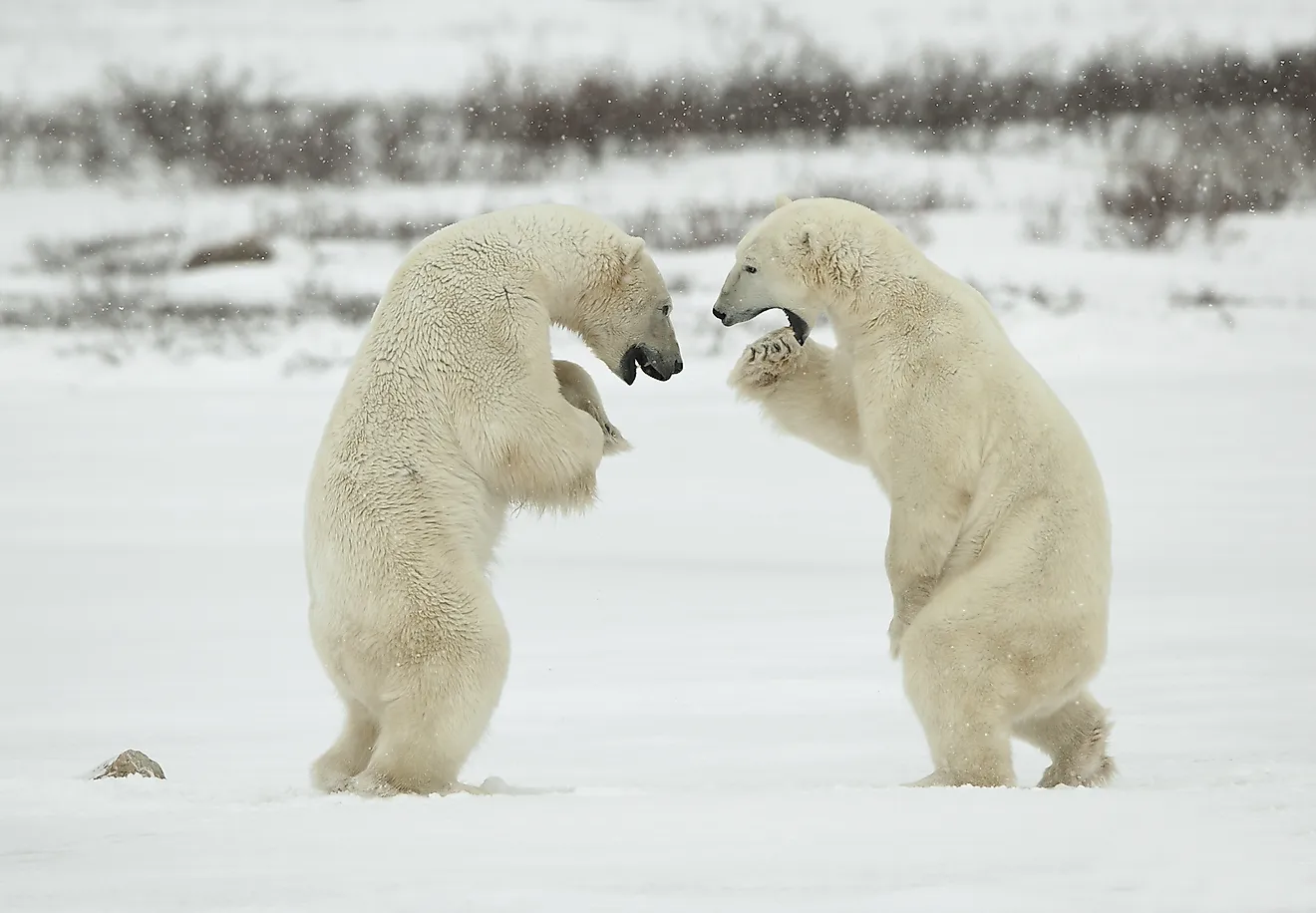
Polar bears can also be found in Russia, mainly in the Chukchi Sea, Kara Sea, Laptev Sea and Barents Sea (whose basins originate in both Russia and Norway).
Polar bears made headlines in 2019, as they infiltrated the village of Ryrkaypiy, in the Chukotka region. Approximately 50 bears were spotted searching for food. The village canceled all events to protect their residents.
3. Norway
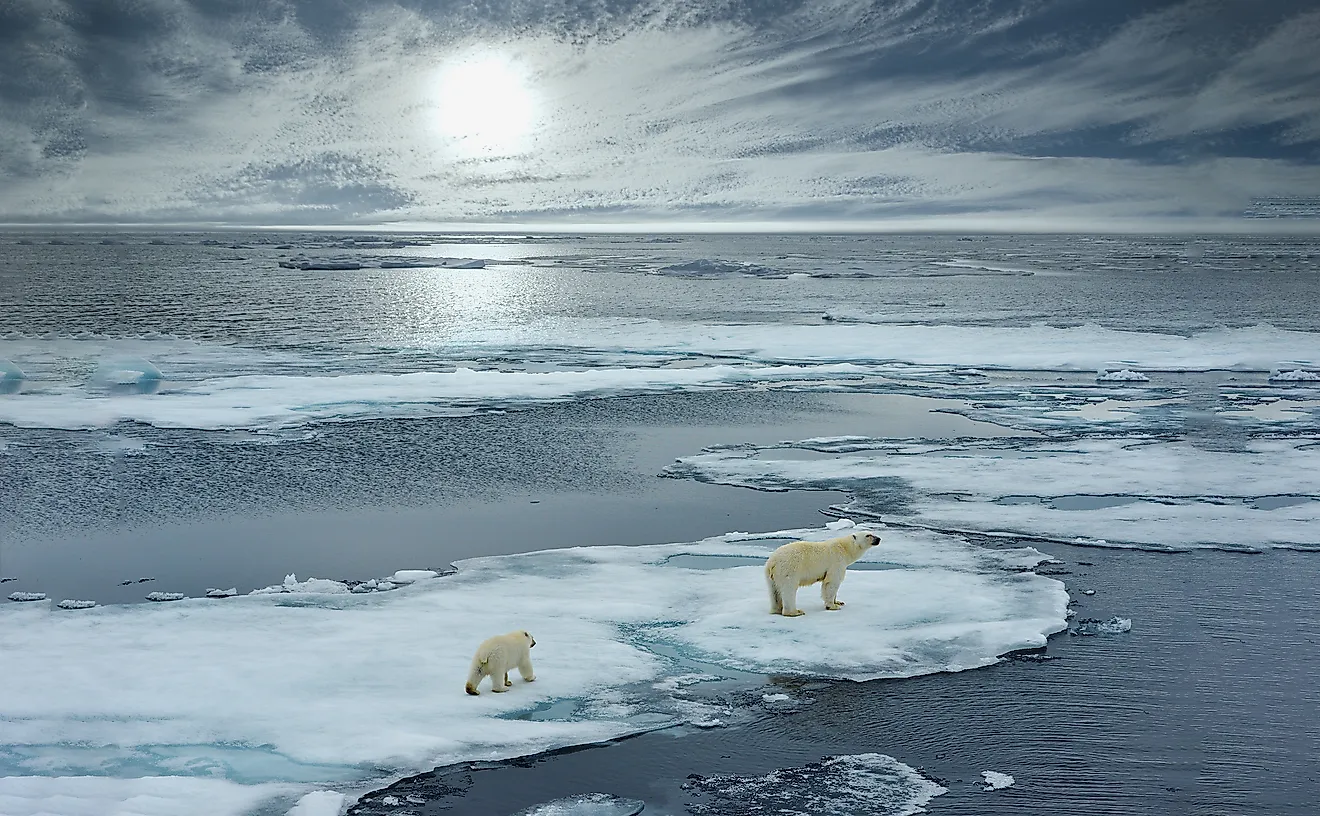
Norway is also home to many polar bears, mainly in the Svalbard area.
There are a few ways to spot some polar bears, and the best time to do so is from June to September. There are polar bear excursions, boat trips and expedition cruises which can allow people to see the bear in their natural habitat, though it is not a guaranteed sight. Please note, however, that it is illegal to try to find them yourself or to follow them. It is also prohibited to get too close to them with a motorized vehicle, like a snowmobile. This is to ensure both the bears' and humans' safety.
2. Greenland (Denmark)
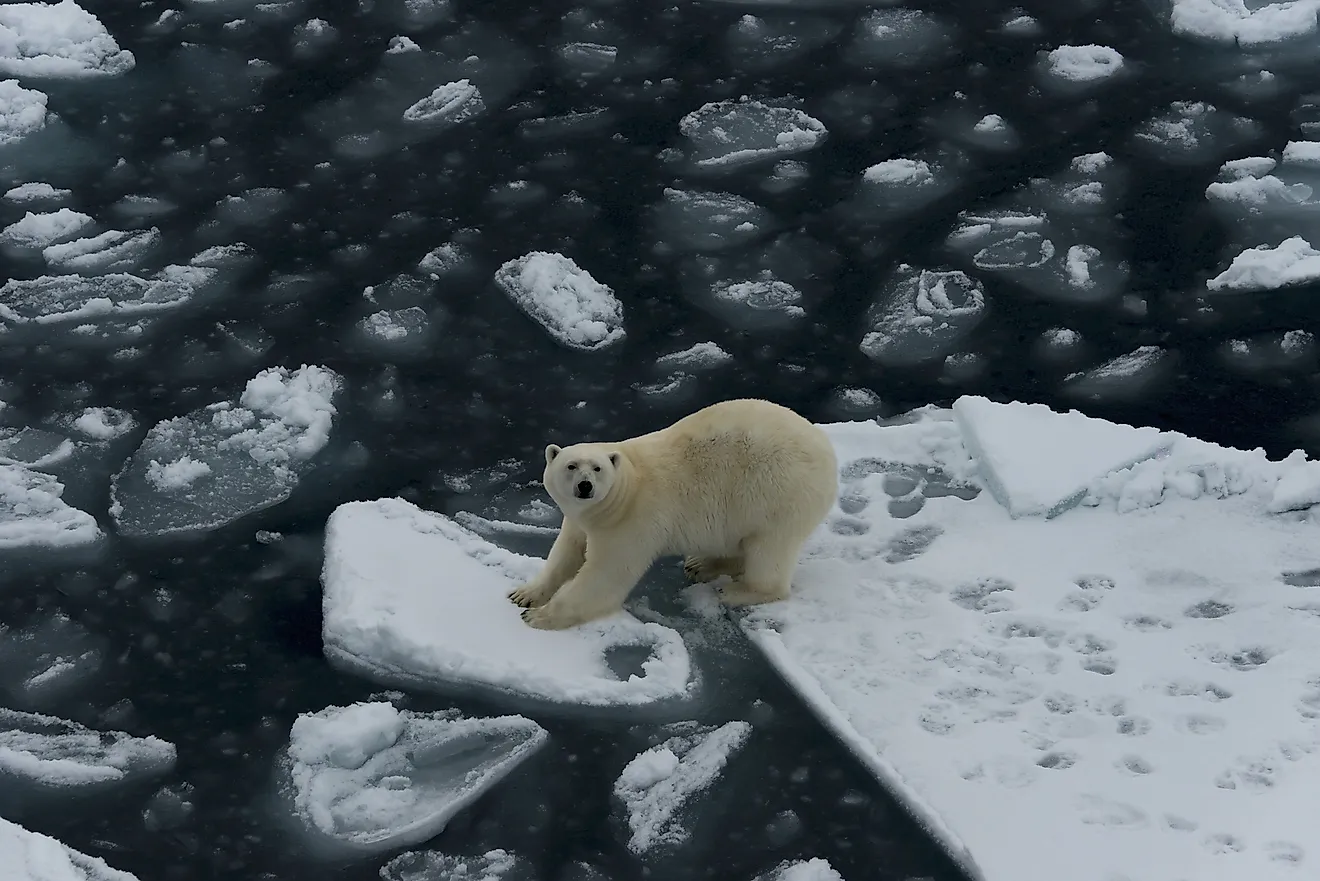
Polar bears can be spotted in Greenland, Denmark though it is extremely difficult. Greenland is the world's biggest island, measuring 830 000 square miles, and its polar bear population is quite scarce, which makes a poor combination for polar bear sightings.
1. Canada
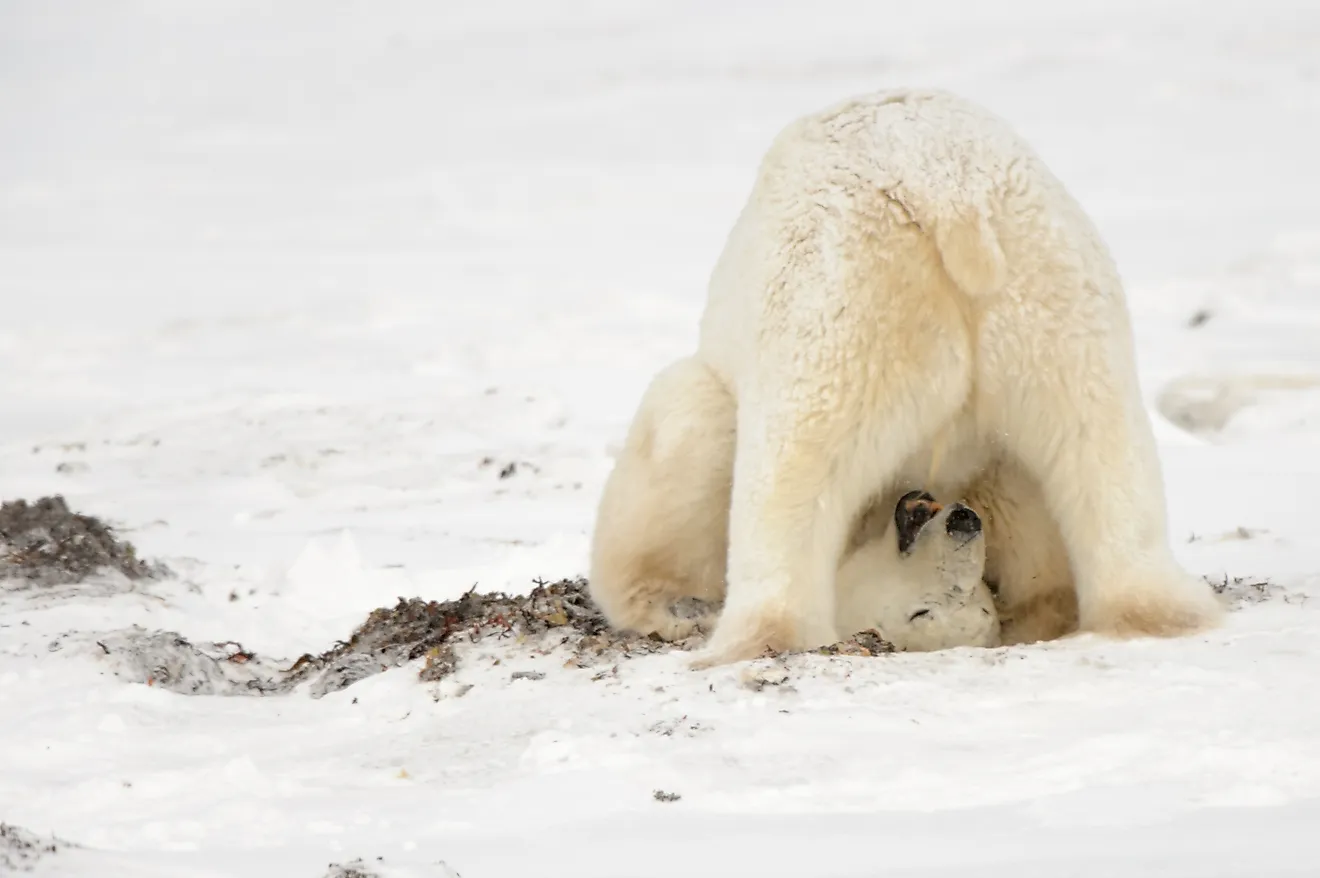
Polar bears in Canada surround the Arctic Ocean, and are found as far south as James Bay and Newfoundland Island. Canada counts 13 provinces and territories, and polar bears can be found in 7 of them: Ontario, Quebec, Manitoba, Nunavut, Northwest Territories, Yukon and Newfoundland and Labrador.











